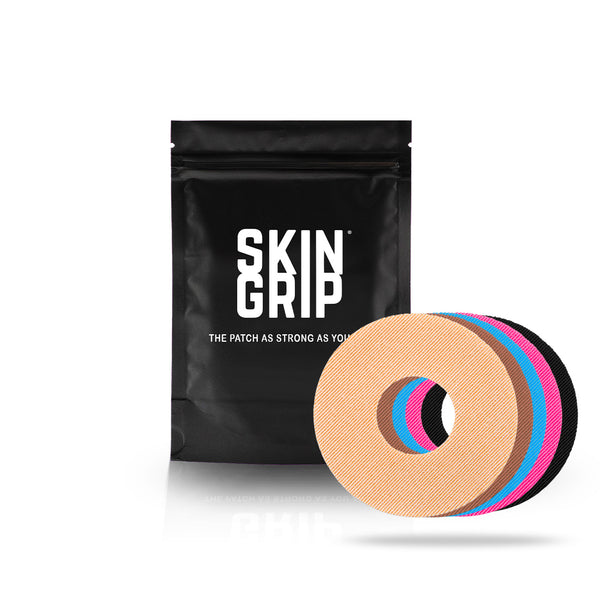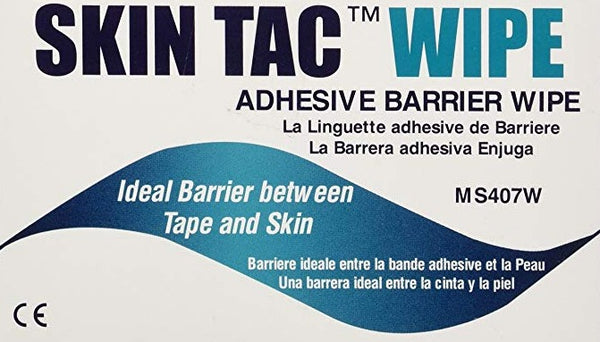
When it comes to managing diabetes, you might be advised to make lifestyle or management changes. Your doctor might want to set an A1C goal for you to reach by the next visit, but it sort of ends there. You have 3 months, or 90 days, to reach that goal and you may feel like there are a large number of changes to make– from pre-bolusing more consistently, to carb counting accurately, and being intentional about your boluses. It can feel quite overwhelming and that is where goal-setting comes in. Setting intentional goals can help you stay focused, committed, and have a clear path towards reaching your goals. Keep reading to learn more about goal setting strategies you can implement to improve your diabetes management.
Find the Right Motivator
One of the biggest mistakes that are made with goal setting is using motivators that make it feel like you are running away from something. This type of motivation is called “away-motivation,” in which you are trying to escape what you don’t want or what you’ll never do again. On the other hand, towards-motivation is allowing you to express what you want to accomplish and working towards that motivation. For example if you want to lower your A1C, you might use a moving away motivator such as I don’t want to have high blood sugars as a motivator compared to a toward motivator such as I want to have more time in range by exercising more. The motivation behind your goal gives you two very different opportunities on how you will go about achieving your goal. With away-motivation goals, your subconscious mind doesn’t know how to process the negative and turn it into something direction oriented. I mean, think about how many different ways you can work towards limiting the number of elevated blood sugars. If you look at towards-motivation goals, your subconscious has an easier time working towards these goals because they have a forward-thinking direction to get you to your goal quicker.
Define the Progress Indicators
When diabetes, it is easy to have your process indicators be numbers focused. If you are wanting to lower your A1C, you want to see that number reach the goal you set for yourself. But you know that it may take some time until you see all of your hard work reflect onto your A1C result since your A1C is an average of the past 3 months of blood sugars. You want to be able to break down your quantitative goal (A1C number) into qualitative measures that you can use to assess your daily process. Some examples of quantitative measures are:
- Feel more confident in your dosing decisions
- Feel more energized by getting consistent sleep and changing eating habits
- Feel less stressed by prioritizing stress management
- Feel more energetic during the day due to less blood sugar fluctuations from taking medications consistently
Set goals that are realistic and specific
If you set a goal that is realistic, you are more likely to meet that goal and that success will allow you to stay motivated to meet your other goals. When you set big-lofty goals, you may become discouraged and overwhelmed in the process. Setting realistic goals can help you accomplish your goals by breaking them into smaller chunks to keep the needle moving forward.
It is also important to set goals that are specific because this defines what you want to achieve, when you’re going to accomplish it, and what you’re going to do to get there. For example a goal of “exercising more” might be realistic, but it isn’t specific enough. A more specific goal would be, “I am going to move my body every Monday, Wednesday, and Saturday for the next month.” This goal lays out what you want to achieve (exercising more), when you’re going to accomplish it (during the next month), and what you’re doing (moving your body every Monday, Wednesday, and Saturday).
Getting Started with Goal Setting

Setting intentional goals may help you do more than just lower your blood sugars and reduce your A1C. If you already have an idea for a management goal you want to achieve, begin breaking your year up into chunks so you can continue to make forward progress all year long.
- What goal do you want to focus on in the 3 month range?
- What goal do you want to focus on in the 6 month range?
- What goal do you want to focus on for the next 12 months?
Once you have the theme and focus of your goals, you will now want to take it one step further and ask yourself the following questions:
- What is your goal?
- How are you going to measure it?
- How is it towards motivated?
- How is it set for a qualitative goal?
This process can be quite tedious, I know, but there is no better way to get started on your goals than doing just this. If you want to learn more about the Keeping It 100 Method to setting goals, check out Episode 12: The #1 Mistake To Avoid in Your Blood Sugar Management Walking into 2022 available now on Spotify and Apple Podcasts.



















